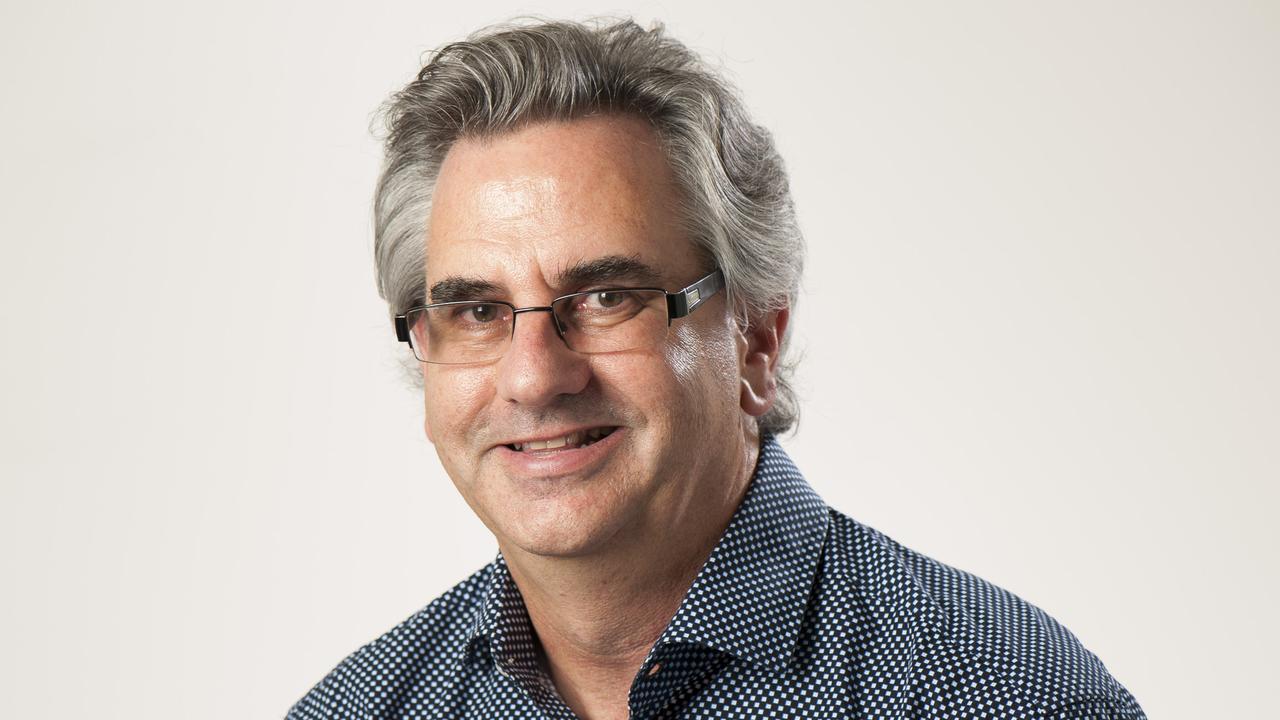God and the holy grail of physics
PERHAPS science and religion are not incompatible after all.
SINCE the beginning of history, humans have searched for the beginning of time, asking how we came to be. But at no other point has humanity come so close to finding the keys to creation.
In a womb-like enclave near Geneva, a particle spins around a large circular tunnel searching for its twin soul. Urged on by magnets manipulating space, the lovers' first touch creates an explosion 100,000 times hotter than the sun. Scientists from universities across the globe re-create this event at CERN, the European particle physics laboratory, in the hope of discovering the secrets of existence contained in the big bang.
The Large Hadron Collider, which houses the experiment, probes particles like those created just after the birth of the universe. Geoffrey Taylor, a professor of particle physics at the University of Melbourne who works with the ATLAS project at CERN, believes its discoveries could include deciphering the constitution of the universe, testing theories about the nature of time and advancing a new physics.
But what benefits might the most expensive scientific experiment so far in the 21st century yield? "The understanding of the very early beginnings of the universe is the biggest benefit to humanity that this project will bring: fundamental knowledge," Taylor says.
In April, CERN scientists came close to finding the holy grail of the standard model of particle physics. This is a theory that maps the DNA of the universe, but has an incomplete evolutionary trajectory. There is a missing link, the Higgs boson, a hypothetical elementary particle that was posited in 1964 by Peter Higgs of the University of Edinburgh as the particle that would give mass to matter. Without it, the big bang is a bit lightweight and the standard scientific explanation for creation falls short. Scientists believe they will prove whether the boson exists by the end of next year.
CERN's portal through time has raised incredible questions about the cradle of existence. A new physics, string theory, emerged in the late 20th century that proposed parallel universes, time travel and a swath of theories reminiscent of extreme sci-fi. Amir Aczel, a Guggenheim fellow and Boston University science historian, believes experiments at CERN could reveal hidden dimensions in the folds of time. His most recent book, Present at the Creation, is a lively account of CERN's history and its effect on contemporary physics. Aczel explains the inability of the standard model to incorporate Einstein's general theory of relativity stimulated the development of string theory in the late 20th century. "String theory implies the existence of other dimensions of space-time: as many as 10 or 11. If the LHC finds such dimensions, it will be a big victory for the theory," he says.
Within a year, humanity may have mapped the big bang. We may even unearth other dimensions in space and time, but what created the particles that collided to produce the universe?
In the mastery of mystery, science owns one hemisphere and religion the other. The question of who created creation raises the spectre of a universal architect, or God. Keith Ward, former regius professor of divinity at the University of Oxford and an Anglican priest, has taken up the challenge of showing a belief in a creator can be compatible with science. Ward's Why There is Almost Certainly a God is such a strong answer to Oxford colleague Richard Dawkins's The God Delusion that they are paired on Amazon's frequently bought together list.
Ward writes modern science originated in a Christian Europe and holds the scientific idea of a universe discovered through reason is reflected in the Logos of the Gospel of John, where God forms humanity in his image. He rejects biblical inerrancy, contending "religion will have to conform to what science says (creationism is out!), but the scientific view of the universe is actually quite sympathetic to the idea of a conscious intelligent creator".
The physics of creation may be unveiled at CERN, but Ward cautions "consciousness, mind, value and purpose" are also vital elements of life. He calls for soul in what the European Commission has dubbed the century of science and technology.
The liberal arts curriculum that created universities once provided a seat for the soul by charting a path between the arts and sciences. Through its prism, the Large Hadron Collider may be recast as poetry in motion; its luminous particle beams ferrying star-crossed lovers across the universe, echoing Andrew Marvel's refrain: But at my back I always hear/Time's winged chariot hurrying near;/And yonder all before us lie/Deserts of vast eternity.
Whether science can capture time's winged chariot to meet its maker, only the future knows.
Jennifer Oriel is an academic at Deakin University.



To join the conversation, please log in. Don't have an account? Register
Join the conversation, you are commenting as Logout